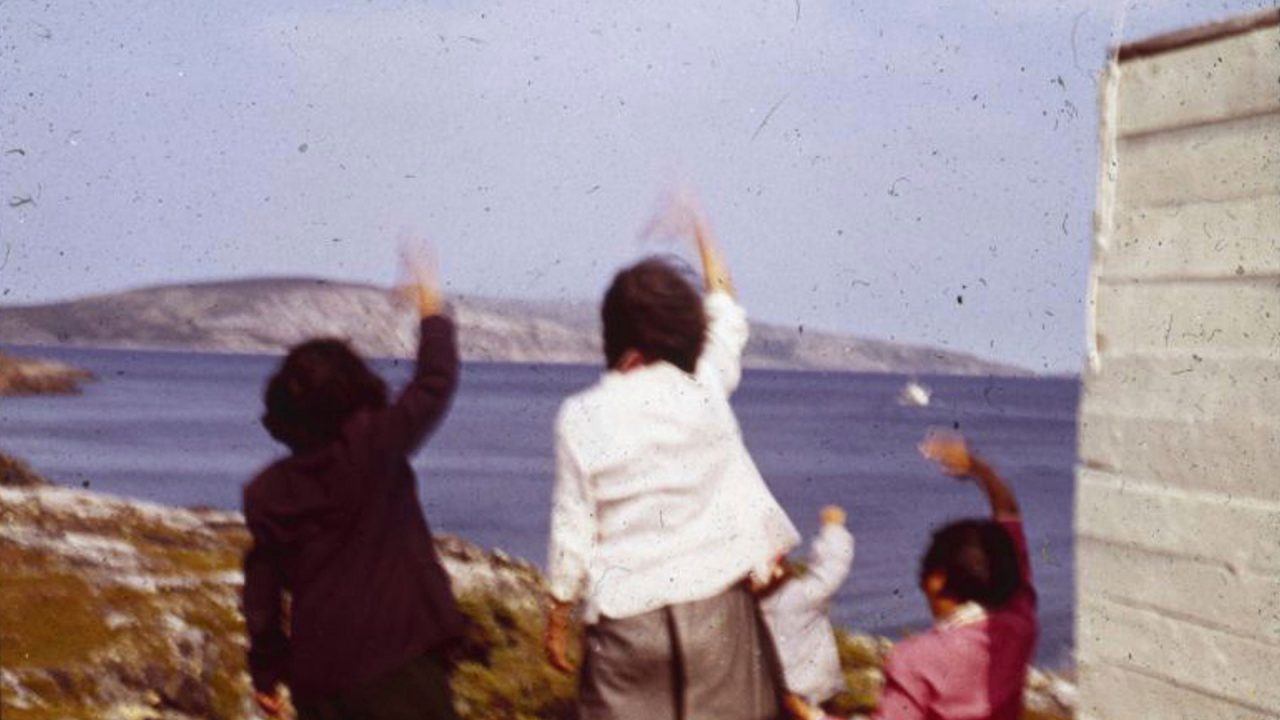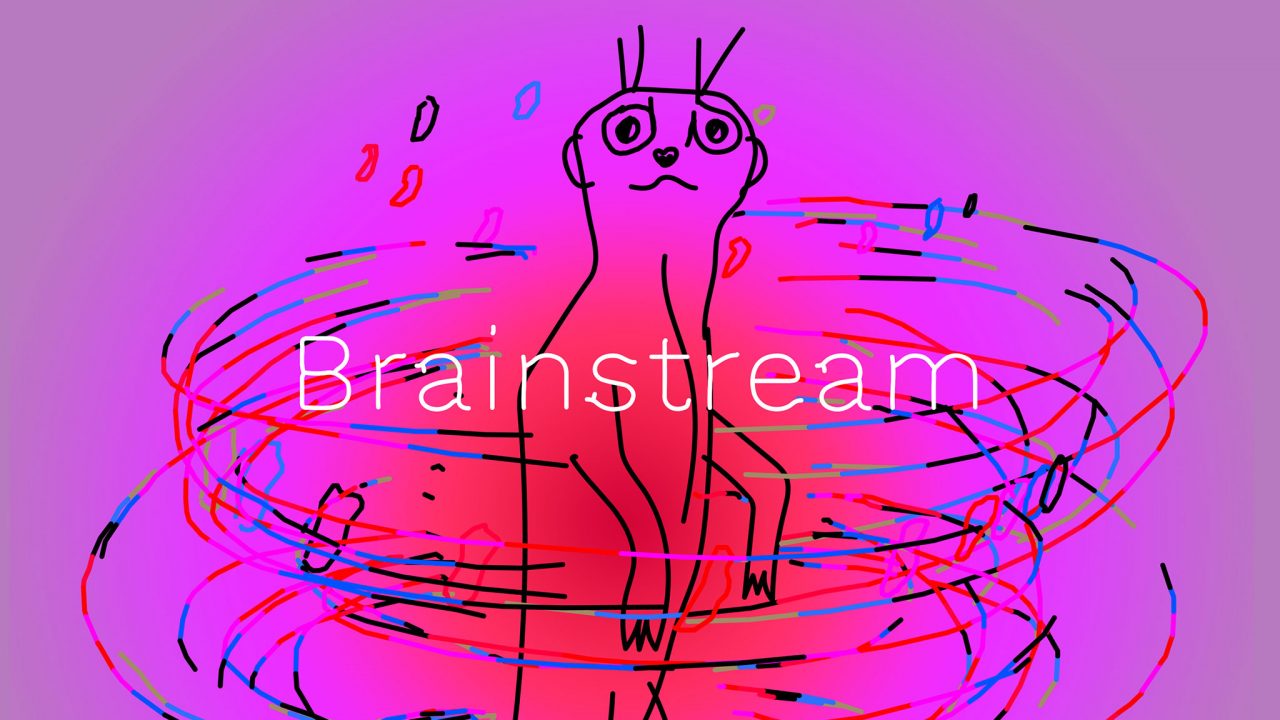
Mini-Lesson for Brainstream
Mini-Lesson for Brainstream
Mini-Lesson for Brainstream
School Subjects:
- Family Studies/Home Economics – Adolescent Development
- Health/Personal Development – Mental Health/Stress/Suicide
- Social Studies – Contemporary Issues
- Media Education – Film and Video Production
Recommended Ages: 15-17
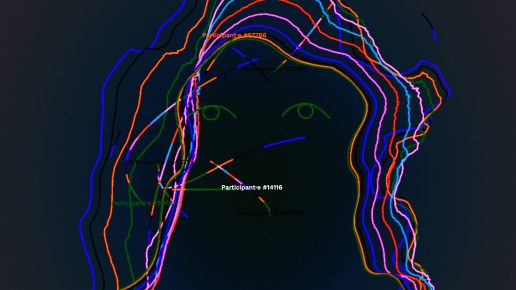
Keywords/Topics: Mental Health; Community; Adolescence; Coping Strategies; Resilience; Mindfulness; Neuroplasticity; Animation
Warnings:
- Brainstream contains narration that describes mild socio-emotional bullying, and the implied loss of a parent. It also contains flashing lights and colour sequences that may be an issue for photosensitive students.
- This interactive experience and its accompanying activities are not meant to serve as a replacement for medical or therapeutic intervention. Teachers and students are not mental health practitioners. If you feel a student requires additional mental health support, consult with your administration.
- Best practices around managing mental health conversations with youth involve never asking them to disclose their own personal issues, especially in a public forum. This can cause unintended trauma. Instead, frame questions around external subjects (“What would you say to a friend experiencing this?,” etc.).
Overarching Questions:
1) How, and why, do we sabotage our own happiness?
2) How can we identify and implement strategies to address this, on both the personal and community levels?
Educational Synopsis:
What if we could invite people to wander along our neural paths as if they were in a film? What if we could give someone a “brain massage,” comforting their mind just by touching our screen?
“In 2028, Health Canada launches an anonymous online platform where anyone can get a brain massage by streaming their cerebral activity. Today, 17.08.2028, you will be massaging D’s brain.”
This is the experience promised by Brainstream, an interactive animated project that brings us inside a young girl’s stream of consciousness. As she narrates her animated thoughts to us in real time, we offer tactile support by moving our fingers/cursors across the screen, building an empathetic connection.
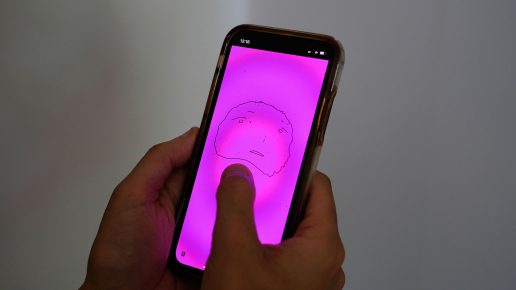
Presentation Notes:
- Brainstream has a presentation mode that does not require interaction and will play on its own. This mode was designed for screening in the classroom.
- To pause, press the ‘pause’ button on the bottom left hand corner and again to resume the experience. While watching on phone/tablet, opening or switching to a new window will pause Brainstream.
- Your cursor will disappear while on the Brainstream Look for the line that travels across the screen as you move the cursor; this represents the viewers/users “massaging” the narrator’s mind.
- For the optimal viewing experience, students should be watching and interacting with Brainstream on their own devices. You can also stream a public projection for those without devices.
Activity #1: Your Brain on Paper
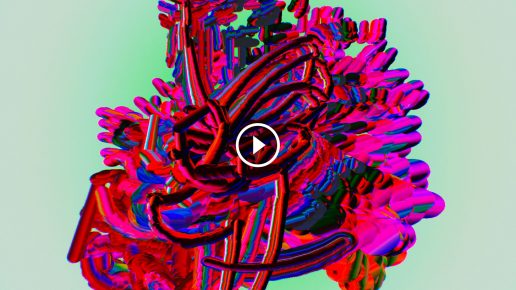
Materials Required – paper, drawing utensils (pencil, pen, marker, etc.), means of attaching paper to wall (magnets, pins, tape, etc.)
Each student should have a piece of paper and materials to draw. Ask students to close their eyes and draw whatever comes to mind; the intention is to mirror the visual experience of Brainstream. Encourage students to draw freely and abstractly, allowing the drawing to change along with their thoughts.
Attach the finished products around the room in a gallery wall. Ensure that no names or biographical information are on the drawings—they are intended to remain anonymous. Have students do a gallery walk to view the collected artworks.
Upon completion of the gallery walk, discuss the following:
- Did you notice any shape and line formations repeating? What did they look like? What about colour; how was it used?
- What types of feelings, thoughts, or emotions could be represented by those particular types of shapes/forms/colours?
- What do we see the most of? What do we see less often?
To close, have the class share their predictions of how they think their participation in Brainstream will change the shapes in the experience, and how they will help the narrator resolve her issues.
Modifications – Virtual students can use Google Drawings, or take a photo of their drawings, to post on your class LMS as a virtual gallery wall.
Summary:
Students will have concretized their own thoughts into abstract visualizations, preparing them to delve deeper into the methodology of the Brainstream experience, and establishing an empathetic connection with the unnamed narrator.
Activity #2: Struggles & Strategies
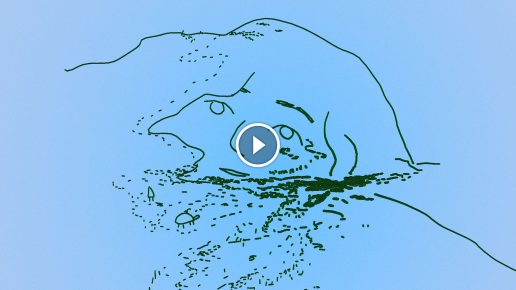
“I know all that positive thinking stuff is bull… but sometimes it just helps me breathe for a second.” (appx. 8:15)
“I know my brain isn’t normal. It’s all messed up. Nothing’s wired right […] Whoa… are you tryna… send me something? […] So these are your flaws, is that it? You’re all so nice.” (appx. 13:00)
Materials Required – Notebook and writing utensils, or laptop/device
Put students into 3–4 groups and have them discuss the following prompts, based on the above quotes:
- The narrator knows positive thinking and shared experiences can help her feel better, yet she treats them with sarcasm and suspicion. Why?
- What would you say to a friend who was struggling with loneliness?
- How can our school community reach out to those who are struggling?
Upon completion of the discussion, have students journal their responses to the conversation. Inform them that there will be another prompt.
Pause the journaling, then model the following basic coping strategies for your students. You may want to practise them beforehand. Invite students to join you.
- Daily Gratitude Journal – At the end of each day, write down one thing you were grateful for that happened that day. It can be something as small as the smell of your coffee in the morning, or a funny GIF you saw online.
- Tense and Relax – Squeeze your hands into a tight fist and hold for 5 seconds; slowly release over 5 seconds; repeat 5 times.
- Calm Place Visualization – Close your eyes and imagine a place where you feel calm and safe. Try to recall the sensory experiences associated with that location (colours, smells, sounds, etc.)
- Deep Breathing – Inhale through the nose, slowly and deeply, for a count of 5; release the breath out through the mouth, slowly, for a count of 5.
According to School Mental Health Ontario, these simple strategies can be done anywhere, at any time, and are very helpful in mitigating everyday feelings of anxiety or depression.
After modeling the strategies, have students return to their journal to discuss which strategy (or strategies) they would recommend to the narrator, and why. Invite selected students to share their responses.
Modifications – Virtual students can share their thoughts on a Google Jamboard, Padlet or Poll Everywhere with results shared on your LMS.
Summary:
Students will have identified “worry” and “sadness” as two of the key factors inhibiting happiness in adolescence. By discussing, reflecting and journaling their experience with the interactive experience and the provided coping strategies, they begin to form actionable connections between self and community that will be expanded upon in the final activity.
Activity #3: Reaching Out
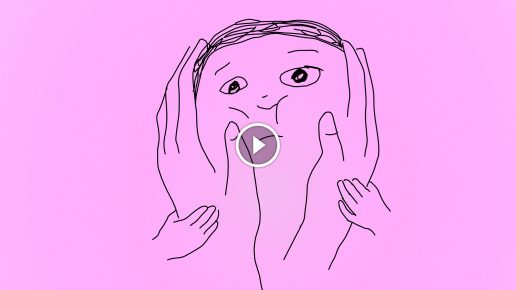
“This was… I can’t even. Just, just, thank you. For everything. This wasn’t just a trip inside my head. All your energy. It’s totally transformed my brain […] You’re all amazing people.” (appx 17:30)
Materials Required – Drawings and materials from Activity #1
Ask students to select an image at random from the gallery wall created in Activity #1. Remember that all images should be anonymous.
Discuss how the visuals of Brainstream changed as the positive coping strategies began affecting the narrator’s mind. Consider shape, colour, form, etc.
Have students flip their drawings over and create a new version of it, based on the application of positive coping strategies. They should refer to the shape database created collectively from Activity #1. Images that suggest negative feelings should be replaced with positive abstract images.
Pair students up and have them brainstorm phrases that would help someone begin the process of reaching out and getting help. For example: “I have a tough situation; it’s really bugging me… Can I talk to you about it?” Have students write their phrase at the bottom of their new image. Present the images as a new gallery wall.
Modifications – As with Activity #1, virtual students can complete this task on Google Drawings, or take a photo of their new drawing and upload to your LMS.
Summary
Students will have created visual artefacts representing their understanding of the transition from negative to positive mental health, based off the artistry of Brainstream. By viewing, engaging, discussing, reflecting, journaling and creating, they will establish greater awareness of how to reach out and ask for help, and how to encourage their peers to do the same, thereby creating stronger communal bonds.
Take Action: Community Support Video
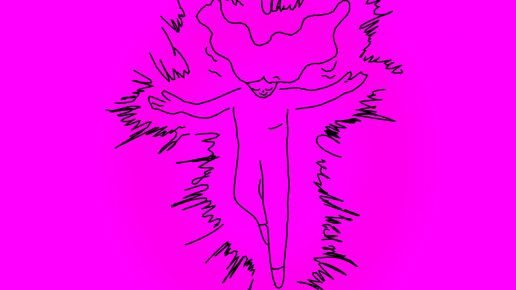
- As a class, compile selected artefacts into a video production designed to offer positive messages of support to the school community.
- Film the flipping of images from negative to positive, along with examples of positive coping strategies, and helpful conversation starters.
- Use a combination of image, text, sound, speech and animation.
- Consult with administration about promoting the video through announcements, LMS, parent email, community newsletters, local politicians, social media, etc.
Optional Extension for Senior Students: Film Comparison
Consider the NFB’s other offerings of films about mental health, particularly Racing Thoughts (dir. Louiselle Noël) and A Dark Room (dir. Joseph Recupero).
You can find the films here: Exploring Mental Health in the Classroom.
Compare and contrast the depictions of mental health in Brainstream and either of the above films. Argue for or against the use of personal stories in film to depict mental health issues. Which is more effective, fiction or biography? Why?
Be sure to pre-screen both films to ensure they are appropriate for your class.
Additional Resources:
Mental Health Literacy – National network of evidence-based mental health research and advocacy
Teach Mental Health – Resources and courses developed jointly through the University of British Columbia, St. Francis Xavier University and Western University
Supporting Minds – Resource for educators on how to identify and manage negative mental health behaviour in a classroom setting
Mind Your Mind – Youth-designed apps, programs and initiatives to combat mental health stigma and connect young people to appropriate supports
Jack.org – Mental-health based motivational speakers and fundraising with chapters across Canada
Mindfulness Without Borders – Organization dedicated to training educators on mindfulness practices and techniques
Headspace – Meditation app designed by former Buddhist monks
Ignatian Spiritual Exercises – A sequence of prayers, meditations, and contemplative practices developed by St. Ignatius Loyola. Useful for Catholic schools.
Mario Mabrucco has worked in education for almost 20 years. He has taught literacy, arts and social sciences to youth in Canada, Italy, Greece, France and Monaco. Mario spent several years as a teacher in the youth mental health unit at North York General Hospital in Toronto, and as a school chaplain; these experiences helped form his passion for children’s mental health. He has an M.Ed. in Curriculum Studies & Teacher Development, specializing in Education Policy, from the University of Toronto, where he mentors new M.Ed. students. You can find Mario’s research and writing on Medium, or on Twitter (@mr_mabruc).
Pour lire cet article en français, cliquez ici.
Discover more Mini-Lessons | Watch educational films on NFB Education | Watch educational playlists on NFB Education | Follow NFB Education on Facebook | Follow NFB Education on Pinterest | Subscribe to the NFB Education Newsletter



